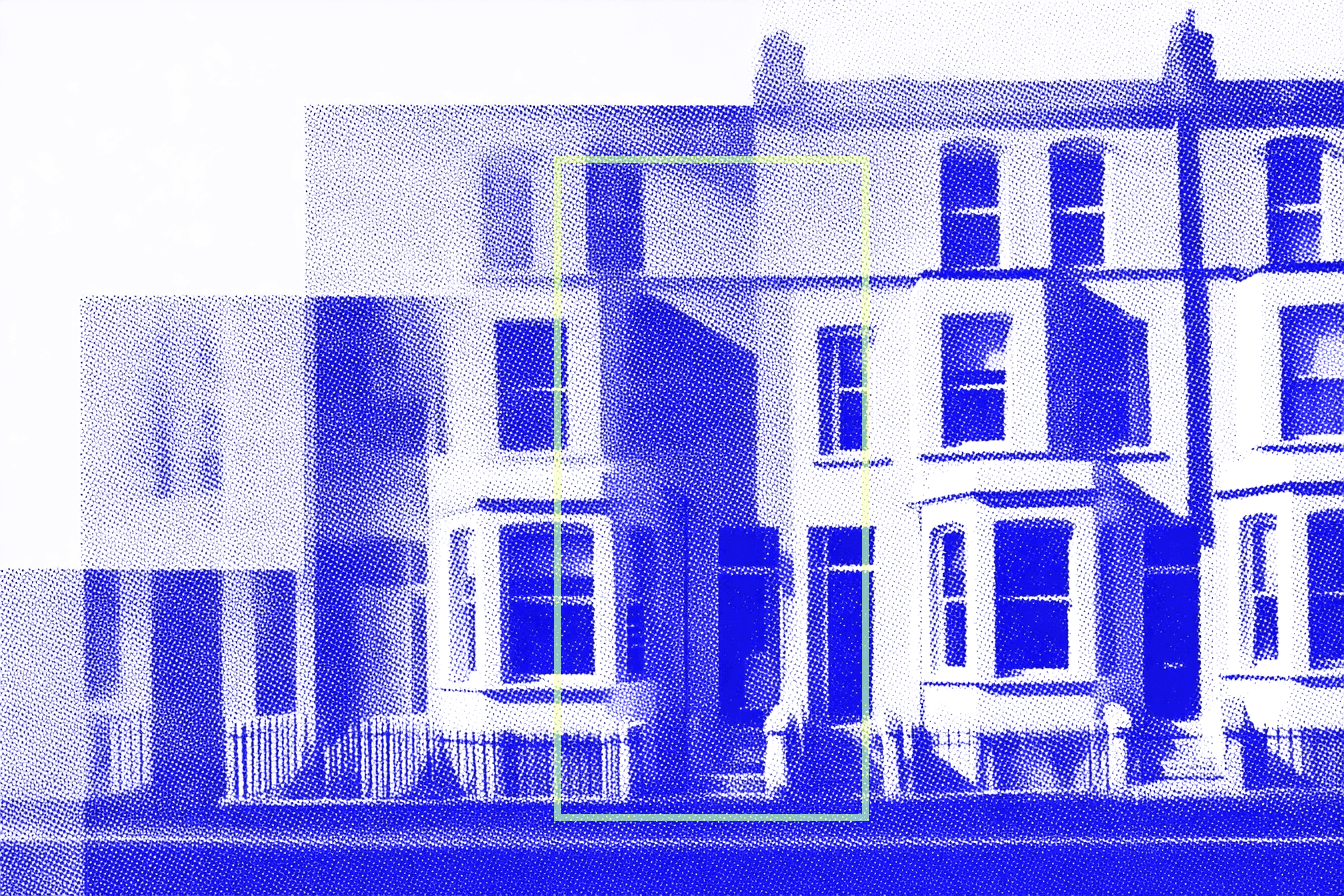End of tenancy inventory checks and cleaning guide
July 23, 2025
A smooth end to a tenancy helps you turn around your rental property faster and avoid unnecessary expenses. With the right approach, you can protect your property, minimise disputes, and be ready to welcome new tenants in no time.
But without a clear and structured process, things can quickly unravel. Expectations may be missed, costs can escalate, and relationships may become strained. The final days of a tenancy do not need to be stressful for you or your tenants.
In this article, we’ll walk you through what to expect at the end of a tenancy, what landlords and tenants are each responsible for, and how to stay organised through inspections, cleaning, and deposit returns. You may also want to see our article on how to make a property inventory. Ready to try August?
Who is responsible for what?
As the tenancy draws to a close, landlords and tenants are often focused on their next move. But during this handover period, misunderstandings and last-minute issues are common.
Set expectations early
Responsibility for things like cleanliness, damage, key handover, and deposit returns should be clearly explained at the beginning of the tenancy. These points should be covered in the tenancy agreement and highlighted during onboarding. Then, when notice is given, it is worth running through them again so everyone knows what comes next.
What tenants should do
Tenants are expected to return the property in the same condition it was in at the start of the tenancy, allowing for fair wear and tear. This usually means they will need to:
Report any outstanding maintenance issues
Remove all personal possessions
Take out any rubbish
Clean the property thoroughly
Return borrowed items, like appliance manuals or keys
What landlords should do
As a landlord, your focus is on getting the property ready for its next tenant(s). This means:
Inspecting the condition of the property
Completing a check-out inventory
Returning the tenant’s deposit within the legal timeframe
Organising any necessary repairs to the property
Preparing the property for marketing and viewings
Are tenants required to pay for professional cleaning?
No, you cannot include a professional cleaning charge in the tenancy agreement. This was made clear in the Tenant Fees Act 2019. You can, however, request that the property is returned to the same level of cleanliness as it was when the tenancy began.
If you arranged professional cleaning before the tenant moved in and can provide evidence of this, you can ask them to match that standard. But they do not have to use a professional service to do so.
Why the inventory check matters
The check-out inventory is your main piece of evidence when assessing the property’s condition at the end of a tenancy. If you recorded everything clearly at check-in, ideally with photographs, this makes it much easier to compare the property’s state at both ends of the tenancy.
During the check-out, walk through each room and assess all fixtures, fittings, appliances, and furniture. Use your original inventory as a reference point. If anything is missing, damaged, or unusually worn, take dated photographs and notes on what you find.
Common issues to look out for:
Damaged furniture or appliances
Stains or heavy marks on carpets, walls, doors and door frames
Unauthorised changes to the property
Unpleasant odours
Missing items listed in the original inventory
Where possible, invite the tenant to join you during the inspection. It keeps the process transparent and can prevent surprises later.
Determining fair wear and tear
Some level of wear is to be expected, especially if tenants have been in the property for several years. This includes natural ageing from everyday use, such as worn carpet paths or faded paintwork.
Fair wear and tear is not something you can charge for, and judging it can sometimes be tricky. Consider:
The age and quality of the item when the tenancy began
The number of occupants
How long the tenancy lasted
Whether the item has been damaged or just worn over time
How to document the check-out process
Good record-keeping is essential. Take clear, dated photos of each room once the tenant has moved out and the property has been cleaned. Keep any receipts for cleaning or repairs, and make notes of anything that does not meet your expectations.
If you need to make deductions from the deposit, this evidence will help justify your decision and protect you in case of disputes.
Cleaning checklist for the end of a tenancy
Whether you are doing the cleaning yourself or checking that the tenant has done a good job, a structured approach will help ensure nothing gets missed. Work through each room one at a time.
Kitchen
Clean and disinfect all worktops
Scrub the sink and taps
Empty and wipe cupboards and drawers
Clean the oven, hob, and extractor fan
Defrost and clean the fridge and freezer
Mop the floor
Wipe down tiles and splashbacks
Clean bins and remove any rubbish
Living room, bedrooms, and hallways
Dust all surfaces, skirting boards, and light fittings
Remove spider webs
Hoover carpets and under furniture
Wipe inside wardrobes and storage spaces
Clean windows and mirrors
Bathroom
Clean the shower, bath, and tiles
Disinfect the toilet
Polish taps, mirrors, and glass
Clean cupboards and wipe all surfaces
Mop the floor
Making a deposit deduction
Most deposit deductions relate to cleaning, damage, or missing items. But landlords must follow strict rules. You can only deduct costs that are supported by evidence, and they must be fair.
Valid reasons for deductions:
Damage beyond reasonable wear and tear
Missing items listed in the inventory
The property is not cleaned to an acceptable standard
Repairs required due to negligence or unauthorised changes
What evidence you need:
Signed check-in and check-out inventories
Clear, dated photographs
Receipts for cleaning or repairs
Any relevant communication with the tenant
If you intend to make a deduction, explain the reason to the tenant and share the evidence. If they agree, you can proceed through the deposit protection scheme. If not, the scheme’s dispute resolution service will help resolve the issue.
Tips to avoid problems at the end of a tenancy
The best way to reduce issues is to be clear, consistent, and well organised. Here’s what we recommend:
Create a detailed check-in inventory at the start
Explain the end-of-tenancy process during onboarding
Maintain regular contact throughout the tenancy
Encourage tenants to report problems early
Carry out routine inspections every few months
Share a move-out checklist when tenants give notice
Invite tenants to join you for the check-out inspection
Keep a thorough record of all cleaning, maintenance, and communication
With a structured process in place, the end of a tenancy can be straightforward. By setting expectations early and approaching things professionally, you reduce the risk of disputes and help get your property ready for its next chapter.
Finally always remember to upload an documentation into your property management software. This is of course simple to do within August.
Disclaimer: This article is a guide and not intended to be relied upon as legal or professional advice, or as a substitute for it. August does not accept any liability for any errors, omissions or misstatements contained in this article. Always speak to a suitably qualified professional if you require specific advice or information.
Author
August Team
The August editorial team lives and breathes rental property. They work closely with a panel of experienced landlords and industry partners across the UK, turning real-world portfolio and tenancy experience into clear, practical guidance for small landlords.





